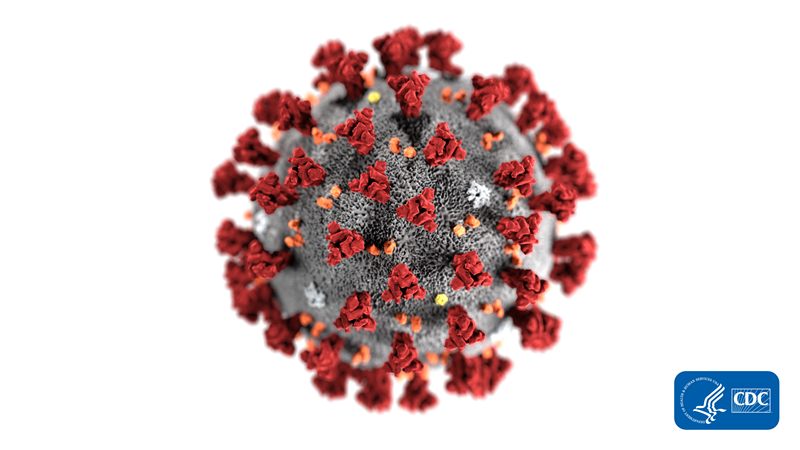Within the coronavirus family, COVID-19 appears to be more easily transmitted but less severe than SARS or MERS.
Like SARS and MERS, COVID-19 person to person transmission is not efficient, as this coronavirus infects the lower lungs making it less transmissible than the flu, which infects the upper airways and nose.”
While COVID-19 lab-confirmed case numbers soared from about 50 in China to more than 17,000 in at least 23 countries in 3 weeks, the 9-month SARS outbreak only resulted in 8,098 confirmed cases.
Similarly, MERS had been circulating since 2012 with only about 2,500 known cases. However, the higher number of COVID-19 confirmed cases could be due to improved virus detection technologies over recent years.
Although most human Coronavirus infections are typically mild, mortality rates were 10% for SARS and 37% for MERS. In comparison, COVID-19 has a much lower estimated mortality rate of 2%, dropping from a high of 4.1 % in Wuhan to approximately 0.17% elsewhere in mainland China. The factors that cause some COVID-19 infections to be more severe than others still need to be determined.
How does Coronavirus compare to Ebola?
The Novel Coronavirus is different from the Ebola virus. Ebola virus is a bloodborne, highly infectious, enveloped filovirus. In contrast, SARS and MERS are from the same family of coronaviruses and have similar physical and biochemical properties and comparable transmission routes to COVID-19. In the absence of COVID-19 specific data, we rely on SARS, MERS, and other coronavirus surrogate data to extrapolate, assess, and manage risk.
Despite differences between the COVID-19 and Ebola, we can adopt many lessons learned from our recent experience with the 2013 to 2016 Ebola outbreak as it relates to risk assessment and risk communication. Table 1 compares what is currently known about the 2019 novel Coronavirus, SARS and Ebola virus.
Table 1. Comparing Ebola, SARS, and the novel Coronavirus (download a PDF of this table)
|
Factor |
2019 Novel Coronavirus |
SARS |
Ebola virus |
|
Etiology |
RNA virus from Coronaviridae family |
RNA virus from Coronaviridae family |
RNA virus from Filoviridae family |
|
Source |
Zoonotic |
Zoonotic |
Zoonotic |
|
Transmission |
Direct contact with infected person respiratory droplets |
Direct contact with infected person respiratory droplets |
Direct contact with infected person blood or bodily fluids |
|
Incubation period |
2 to 14 days |
2 to 21 days |
|
|
Symptoms |
Fever, cough, shortness of breath or difficulty breathing, diarrhea |
Fever, cough, headache, malaise, shortness of breath, diarrhea |
Fever, headache, vomiting, stomach and muscle pain, bleeding, diarrhea |
|
Asymptomatic individuals infective |
Yes |
No |
No |
|
Secondary transmission (fomites) |
Unknown |
Yes |
Yes |
|
Airborne |
Unknown |
Yes |
|
|
Detected in feces |
Yes |
Yes |
Yes |
|
Persistence in wastewater |
Likely |
Yes |
Yes |
|
Effective skin disinfectants |
Handwashing with soap and water (min. 20 sec); alcohol-based sanitizer (min. 60%) |
Handwashing with soap and water; alcohol based-sanitizer as per manufacturer’s instruction
|
Handwashing with soap and water; (min. 40 sec) 0.05% hypochlorite solution; alcohol-based sanitizer (min. 60%, min. 20 sec) |
|
Effective surface or object disinfectants |
Common detergents are effective (e.g., 0.21% hypochlorite, 0.05% triclosan) |


